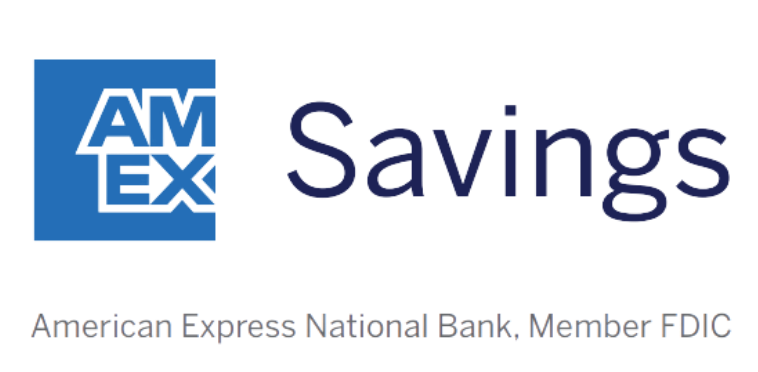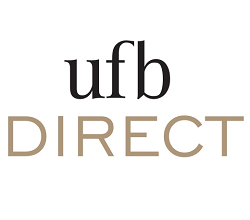The Federal Reserve is widely expected to start lowering benchmark interest rates at its September meeting, and to continue reducing them at least through 2025. According to the latest data, the median expectation priced into the financial markets is for a total of 2.25 percentage points of rate cuts in the federal funds rate between now and next September. The voting members of the Federal Reserve also expect rates to steadily decline through at least 2026.
Savings accounts — especially those offered by online banks — are paying some of their most competitive interest rates in years. It wasn’t long ago that it was difficult to find an online savings account that paid more than 1.00% APY, but in the current environment, yields of 4.50%, 5.00%, or even higher are readily available.
However, one of the biggest drawbacks to savings accounts is that their interest rates can change at any time, with little notice. So, here’s what to expect from your savings account if the Fed lowers rates as expected through 2025.
What would Fed rate cuts mean for savings account interest rates?
To understand how the Fed’s rate cuts could affect your savings account interest rate, there are a few important principles to keep in mind.
Our Picks for the Best High-Yield Savings Accounts of 2024
|
Capital One 360 Performance Savings 
APY 4.25%
|
APY 4.25%
|
Min. to earn $0 |
|
American Express® High Yield Savings 
APY 4.25%
|
APY 4.25%
|
Min. to earn $1 |
|
UFB Portfolio Savings Account 
APY 5.15%
|
APY 5.15%
|
Min. to earn $0 |
The Fed’s rate moves don’t directly impact savings account interest rates in most cases. This is why even though the federal funds rate has increased by more than 5 percentage points since the beginning of 2022, many branch-based savings accounts still pay interest rates in the 0.01%-0.10% ballpark. There is no rule that says a bank must raise or lower interest rates in accordance with what the Fed does.
The interest rates paid by the top online banks tend to track the federal funds rate rather closely. It isn’t a coincidence that the current federal funds rate target range is 5.25%-5.50% and the highest-paying savings account on our radar has a 5.31% APY as of this writing. It isn’t a perfect relationship, but if the Fed lowered rates by a full percentage point, I would expect banks offering the top online savings accounts to lower their rates by a similar amount.
Finally, interest rates on high-yield savings accounts can change without notice. If the Fed lowers rates, you can be reasonably certain that high-yield savings account rates will fall very soon after.
The point is that if the Federal Reserve lowers the federal funds rate by 2.25 percentage points as the financial markets seem to expect, I expect the highest-yielding online savings accounts to offer interest rates in the 3.00% range. If you have money in savings, the interest payments you receive could start to get significantly smaller.
The bottom line
One big takeaway is that we don’t actually know a whole lot about what savings account interest rates will be in 2025. We can use the best information available to make predictions, but it’s important to realize that there’s no way to know for sure what the Federal Reserve will do — especially when we’re talking about a timeframe of over a year.
Having said that, the most likely direction for savings account interest rates between now and the end of 2025 is lower. If you’re worried about income, and there is a portion of your savings that you’re unlikely to need anytime soon, it could be a smart idea to shift some of your money into certificates of deposit, or CDs, to lock in today’s elevated interest rates while you still can.
